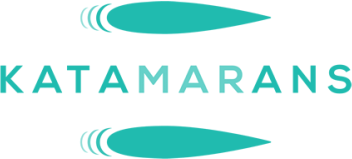Gunboat 68 Dash. Interview with William Jelbert (COO)
This interview with William Jelbert, the COO of Gunboat, was recorded on the 14th September 2019 at Cannes Yachting Festival on Dash- the second Gunboat 68. You can also read the transcript below the video.
Thanks so much to William and the whole Gunboat team for showing us around Dash (Gunboat 6802) and giving us such a fascinating insight in how they create these performance catamarans.
If you prefer, you can also watch this on our Youtube ChannelThey’re a professional team and friendly too. And what a boat.
Here’s the interview:
Katamarans: Hi William, thanks so much for inviting us on the boat. The second Gunboat I believe: Dash.
WJ : The Second Gunboat 68
Katamarans : It’s the star of the show isn’t it?
WJ: We’re happy that you think that.
Katamarans : Dash is the performance cruising set up, right? There’s 2 set-ups. The first one is the regatta right?
WJ : Exactly, but first off a lot of people step on the boat and say ‘It’s interesting to be on one of these racing cats’, and I have to start from the beginning and say the Gunboat is not a racing catamaran, it’s a cruising catamaran first. We can set the boat up that you can take it racing, but Gunboats will always be cruising boats and they’re supposed to be very fast, high performance, family friendly cruising boats.
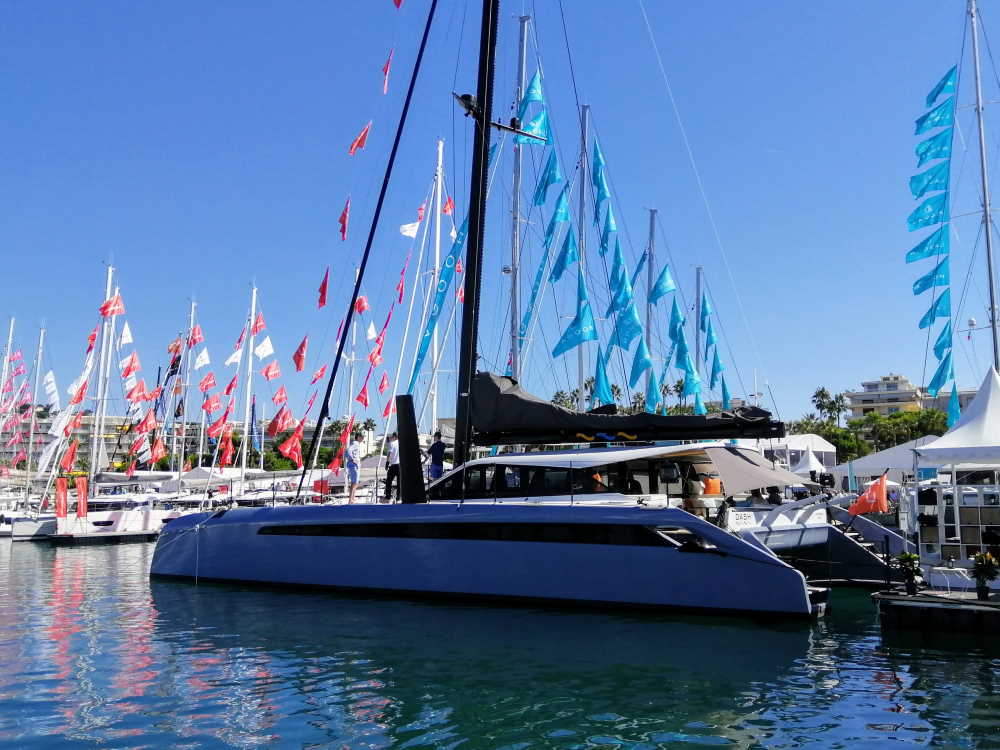
This boat (Dash) is fully cruising, so it has a standard 25m rig, it’s got a normal longeron, the other boat (boat 1: Condor) has a 4m longer rig, longer longeron, longer boom, more sails, tillers and bucket seats set up on the back for that extra racing feel and they’re going to have more power in lighter air.
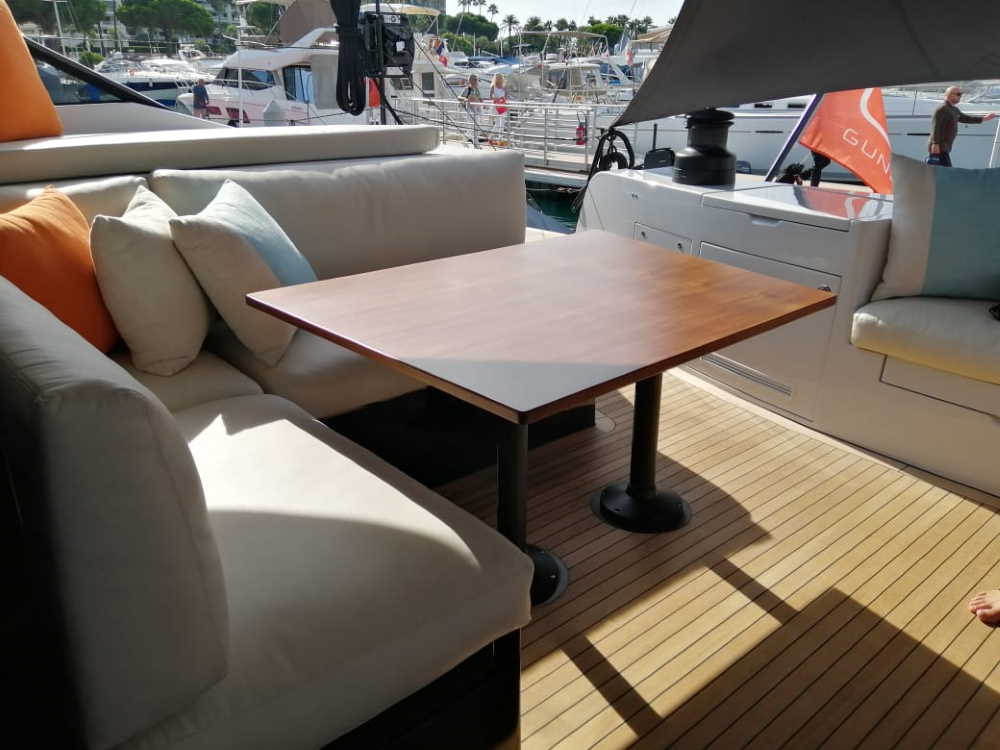
The BBQ looked like it had seen a few “braais” already. William is from South Africa. She looks very comfortable.
But in higher wind speeds there shouldn’t be much difference between the boats. The structures are always the same. The daggerboards are slightly longer on boat 1 but the structure around the daggerboard and the trunk is the same on every boat. The rudders are the same and they are set up to be able to retro fit any of the Gunboat 68s with t-rudders that give you a bit of lift and extra stability.
So we like to create a platform that’s common throughout which you can optimise for what you want.
Forward Cockpit
WJ: We try to go as simple as possible- all the lines are at the back of the rig, there aren’t that many. 4 winches, you can lead any of these lines to any of the winches. We’ve 3D printed our own guides here under the winch here that deflect to other winches. Spinnaker sheets and daggerboard lines come through the boat here- that’s all completely sealed from inside so water can flow through that.
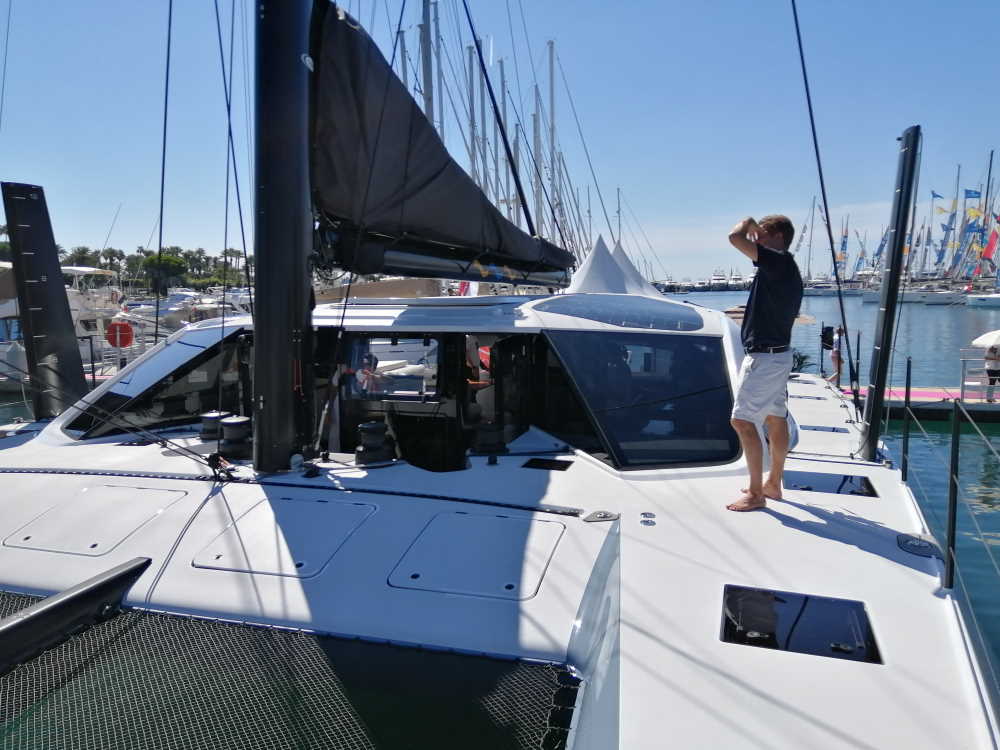
Dash is the cruising set up with a fixed mast, so that saves you some lines.
Markets
Katamarans : Your 2 main markets are people who want to race the boats and people who want the ultimate cruiser?
WJ : People who want to get to their destination as fast and as comfortably as possible, first, and after that, yeah, going to events is a lot of fun and even the people who race they will only do a couple of events a year. 90% of the time they’ll be using the boat for going to exotic destinations and specifically skinny water destinations.
This is a 68’ boat but the minimum draft is 1.2m, so when you pull the daggerboards up and the rudders up (we have a lifting rudders system) you can go to the Bahamas. Most of our friends in this end with the monohulls, that’s completely impossible for them to go there.

Katamarans : You’ve moved this mast back, haven’t you?
WJ: Exactly
Katamarans : It’s raked
WJ: Right. More rake, further back, the daggerboards are….
Katamarans : That’s to centralise again, the weight….
WJ: Yes, but with VPLP it’s about balance. You can see on Comanche how far, even on a monohull, they’ve put that mast. That’s just their sail balance and performance and I can tell you that it certainly feels better and sails better as a result. I trust them.
Development
Katamarans : And how long’s the development time? I notice that you have put a lot of effort into little details like the martingale stays go through the cross beam to get the shape of the head-sail.
WJ: Before we even started building a mould we spent over a year, I think it was a year and a half, just doing design work. We’ve chosen the best architects, exterior and interior designers in the business. VPLP do all the naval architecture. We have Christophe Chedal Anglay and Patrick le Quément doing the exterior design and Christophe Chedal Anglay does the interior so it’s nice having the interior and exterior designer being the same person- then there’s a nice flow between everything.
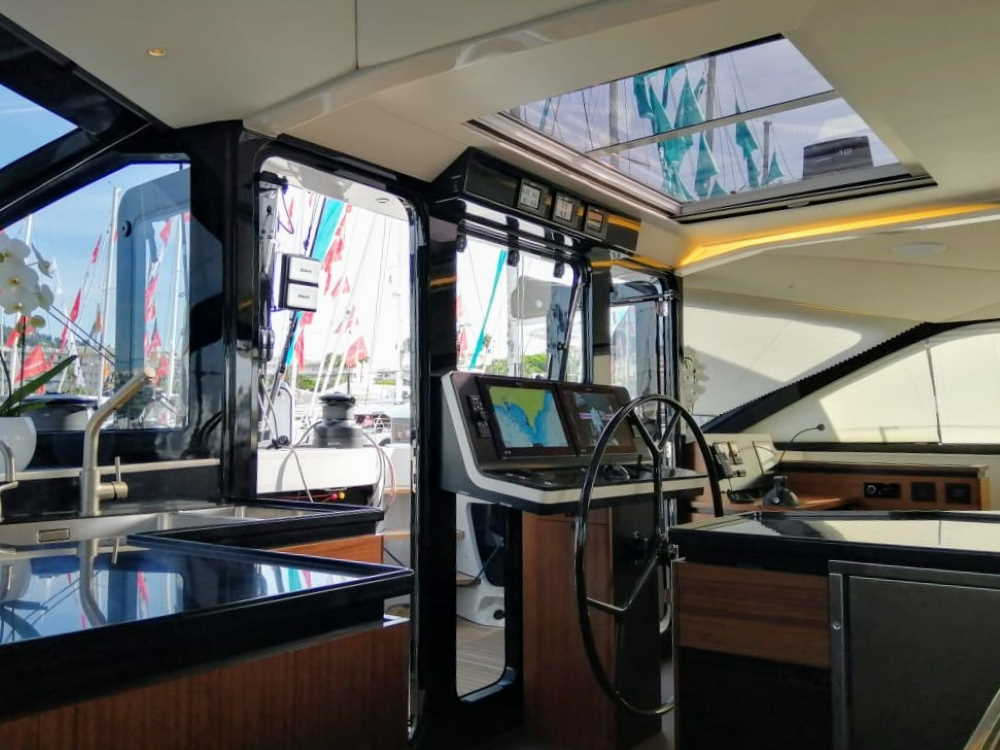
And, you now, what we don’t talk about often is that we went to the fleet and we asked them a lot of questions and we spent a lot of time with our skippers who have been in the fleet for ten, fifteen years, and I asked them “Which anchor do you think is the best anchor?”, instead of me just choosing one. “How do you want the real estate separated on the boat? Is it more important to have a separate shower room or would you rather have real estate on the boat? Would you rather have storage outside, or storage inside?”
So, we chose to have certain cupboards going in under the deck because they prefer having the storage space inside.
And the martingales through the beam- that’s just a ..aesthetically it looks very good, but it just brings the foot of that J1 a little lower, so you get more power down below, creates a bit of an endplate effect
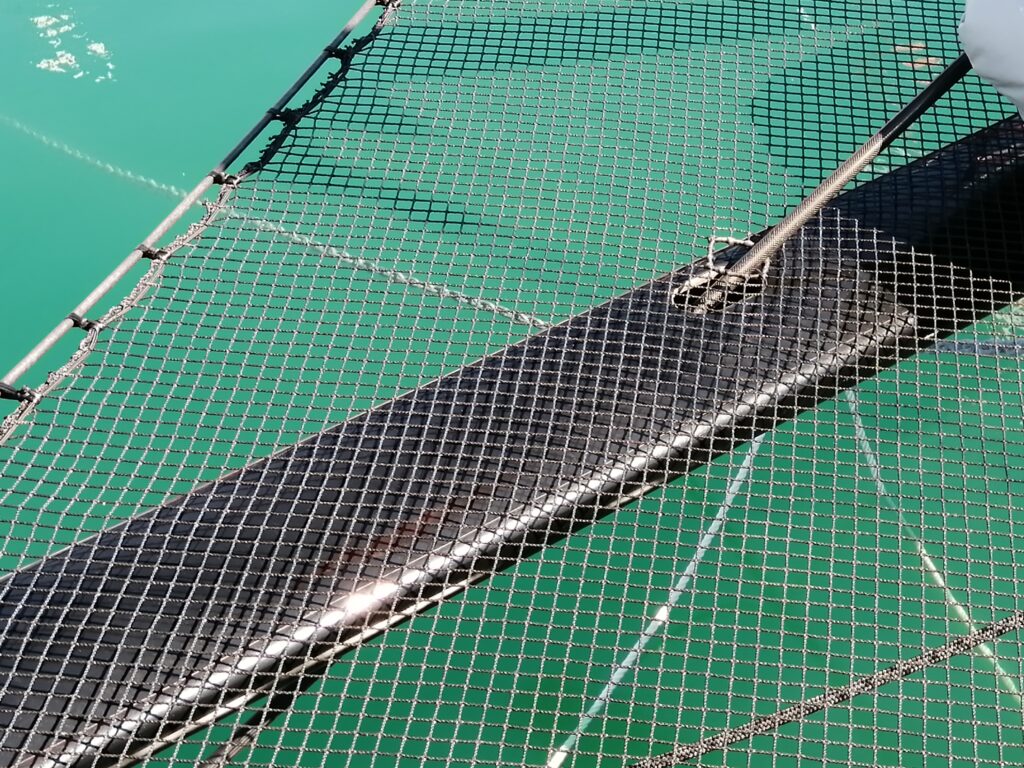
Katamarans: Attention to detail. OK, we’ll take a look around the boat, but thanks very much for inviting us …. it’s absolutely fabulous.
WJ :You’re welcome!
